The Explorer is Ford’s latest fully electric car.
I spent three weeks with it over Christmas and New Year, and it was my companion for numerous excursions across Tayside and Fife.
While it wears the blue oval badge, the Ford Explorer shares a platform, motors and batteries with the Volkswagen ID.4.
It’s part of a technology sharing deal with VW, which Ford says shaved two years off the development time of the Explorer.
It may have Volkswagen DNA but you wouldn’t know to look at it. The Explorer’s appearance is completely different to the VW ID.4. Where the Volkswagen has a sloping hatchback the Explorer has a more practical SUV style boot.
Its no-nonsense boxy shape is softened with smooth front and rear ends, giving it many of the attributes of a traditional SUV in a nice modern package.
Lots of electric cars are huge but the Explorer is the sort of medium sized car that fits easily on Scotland’s narrower roads. It’s roughly the same size as a Kia Sportage or Hyundai Tuscon but has more passenger space than either of those cars.
How much does the Ford Explorer cost?
Prices start at just under £40,000 for the 52kWh Standard Range model which has an official range of 233 miles. Above that and costing around £46,000 is the 77kWh version, which has the biggest range at 354 miles.
At the top of the Explorer tree is the 79kWh dual motor version. This has electric motors at the front and rear, making it four-wheel drive, and a 329 mile range. The four-wheel drive version can tow up to 1.4 tonnes, which is more than most electric cars can manage.
My test car was the 77kWh rear-wheel drive model in top-of-the-range Premium spec, which costs a little under £50,000.
As is the case with mpg figures in petrol cars, the official range of electric cars needs to be taken with a pinch of salt. My car had an on-paper range of 354 miles.
My time with the car coincided with a cold snap. In temperatures a little below zero the trip computer gave a range of around 260 miles on 100% battery. In summer you should expect to easily be able to exceed 300 miles.
Two-wheel drive versions can charge at up to 135kW and the dual motor charges at up to 185kW. At those rates a 10-80% charge takes 28 and 26 minutes, respectively.
Is the Ford Explorer good to drive?
The single motor in the 77kWh car generates 286hp, which makes the Explorer very quick. The 0-62mph dash is despatched in a mere 6.4 seconds. Put your foot to the floor and the acceleration pins you back in your seat.
High powered rear-wheel drive petrol cars often suffer from wheelspin but the weight of the batteries means this doesn’t happen with electric cars. The snowy hill road between Ceres and Upper Largo was the only time my car slipped around a little, and even then it was very mild.
Generally the Explorer whooshes effortlessly from a standstill to cruising speed. On the A9 towards Dunkeld it was quiet enough inside to be able to converse with passengers in the back.
Not many rear passengers will grumble either – there’s plenty of leg and head room for people up to six feet tall. Because there’s no transmission tunnel people can sit in the middle with more comfort than they can in a petrol or diesel car.
Ride quality is good and the Explorer handles as responsively as any other electric SUV. Very few people will be disappointed with the car’s polished driving experience.
On paper the 470 litre boot is smaller than the 490 litres offered by the Kia EV6 or 543 litres in the VW ID.4. However, the Ford’s squared off boot means in the real world it is more practical than the Kia or Volkswagen’s sloping hatchbacks.
What is it like inside?
The cabin is dominated by a touchscreen measuring nearly 15 inches. In a neat touch it can be tilted to avoid glare.
I’ve written numerous times about my preference for physical buttons over touchscreens, but the screen in the Explorer is sharp and responsive.
The B&O sound system has a cool-looking soundbar atop the dashboard. Meanwhile, the artificial leather seats are comfortable and supportive.
The panoramic glass roof my car came with throws lots of extra light into the interior and is well worth having.
Storage space is excellent. In addition to deep door bins and two cupholders there is a 17 litre cubby beneath the armrest which will swallow 1.5 litre water bottles. More storage beneath the touchscreen is ideal for keys, gloves, hats etc.
I covered a few hundred miles in Perthshire, Fife, Dundee and Angus during my three weeks with the Explorer and grew to really like the car.
It is an excellent new addition to the EV market. It’s handsome, has a good range, plenty of interior space, and drives well.
Ford Explorer: Facts –
Price: £49,975
0-62mph: 6.4 seconds
Top speed: 112mph
Range: 354 miles
CO2 emissions: 0g/km
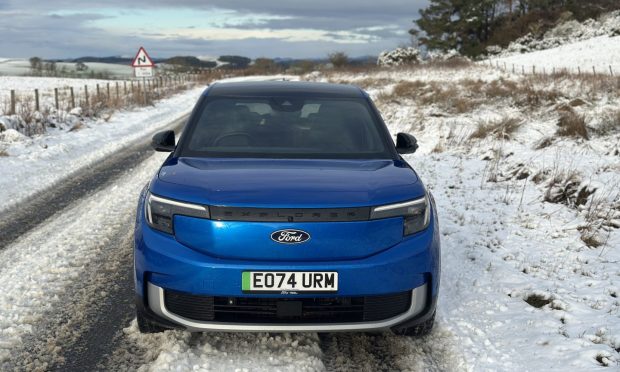
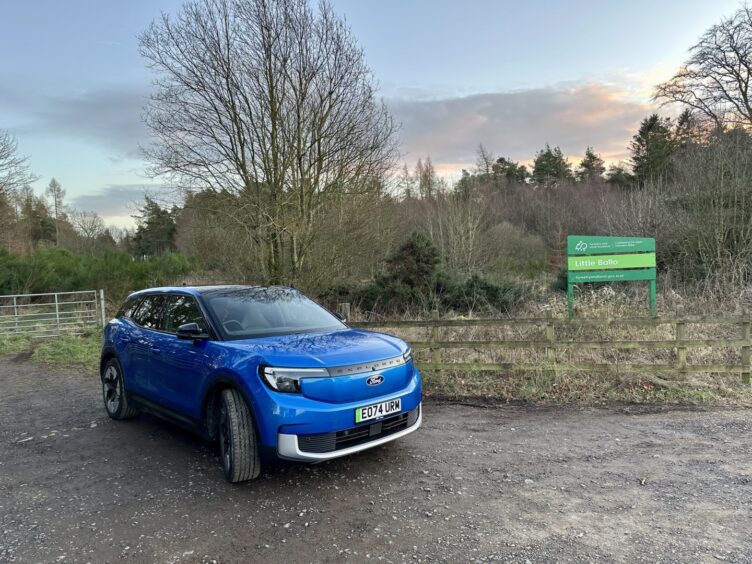
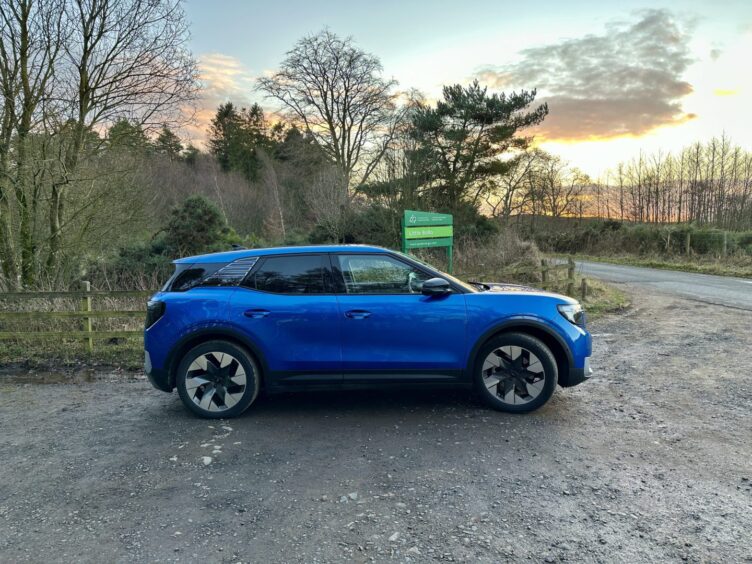
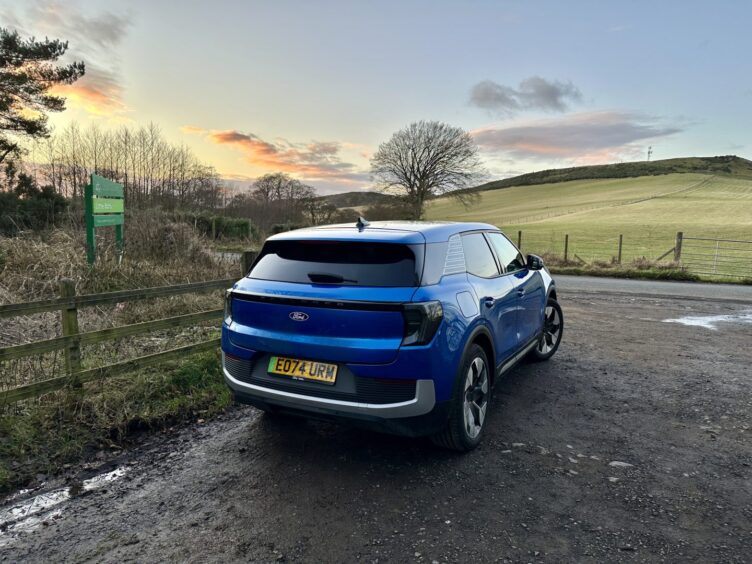
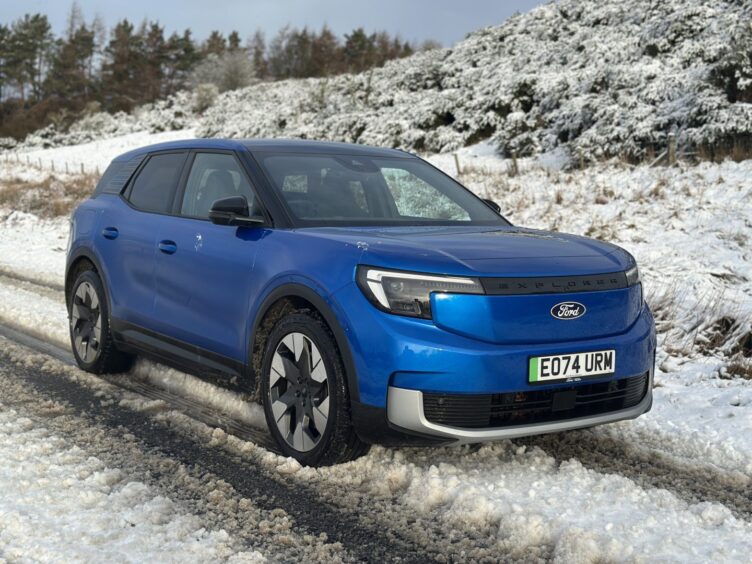
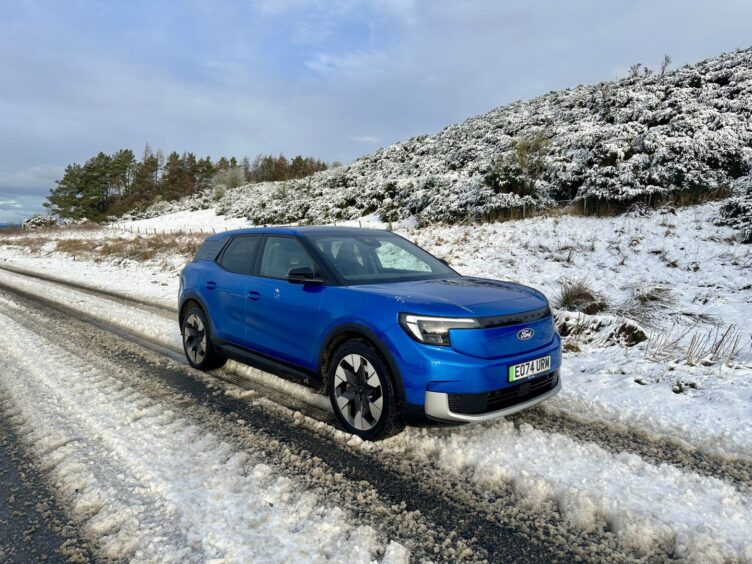

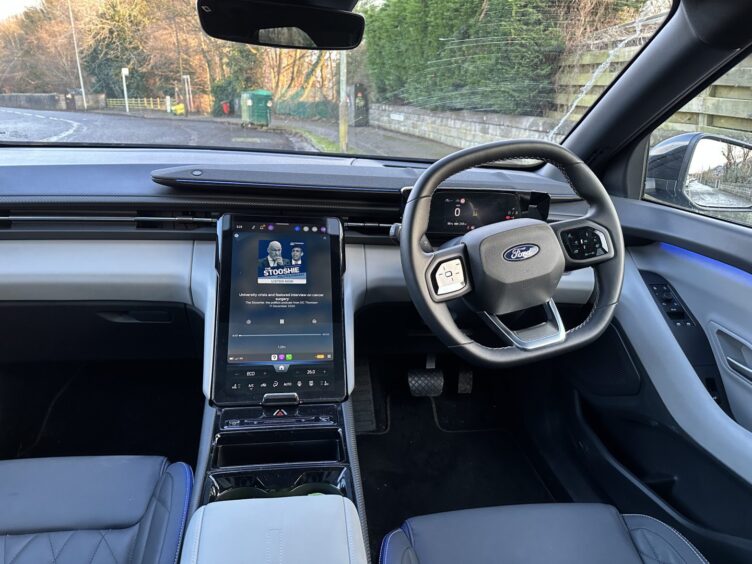
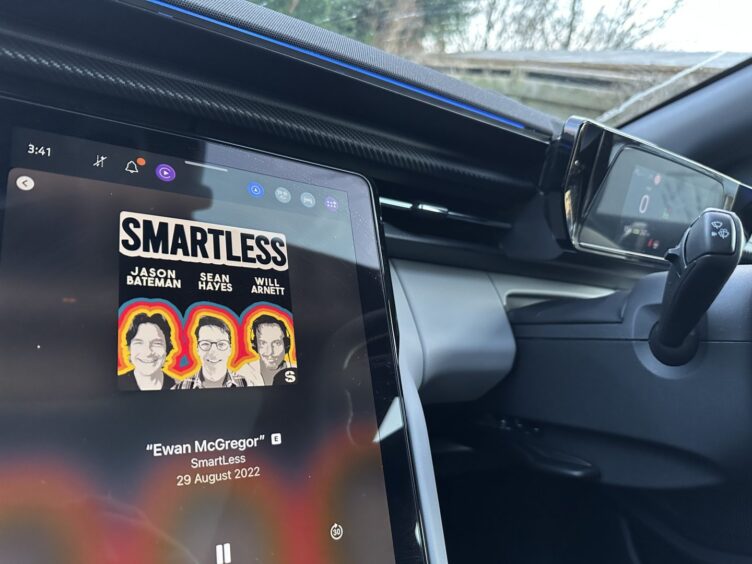
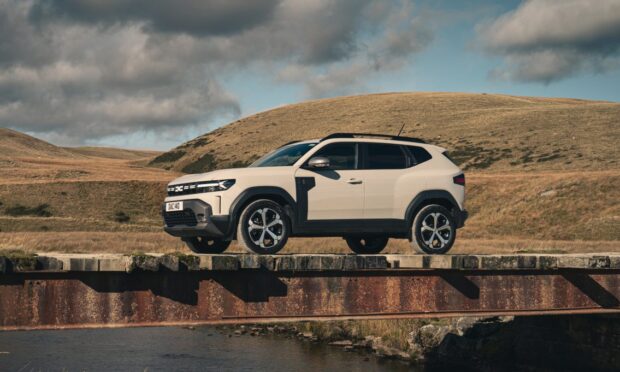
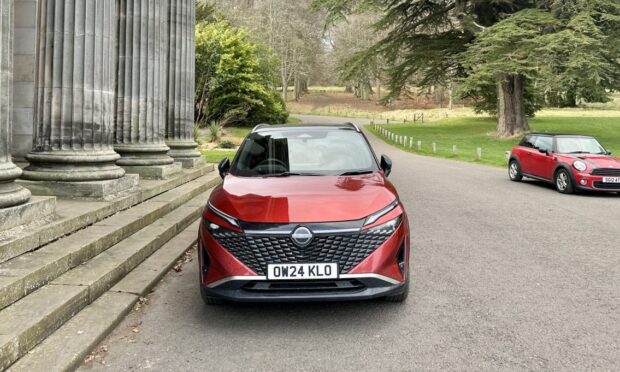
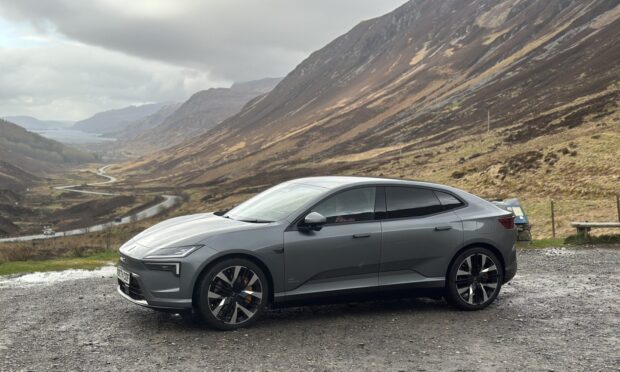
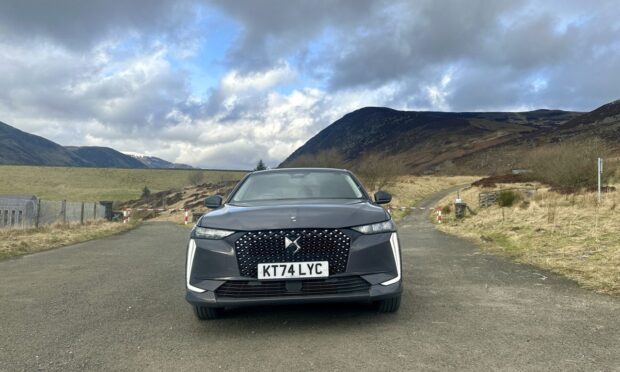

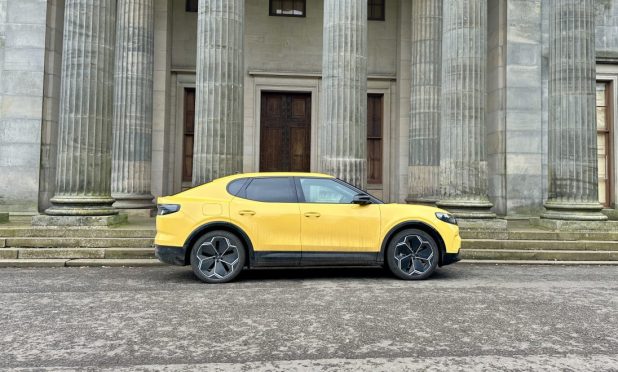


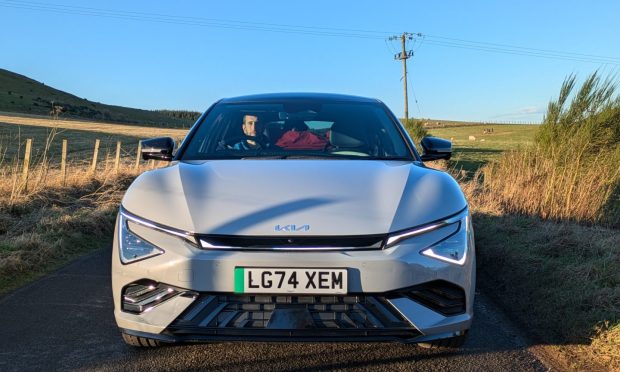
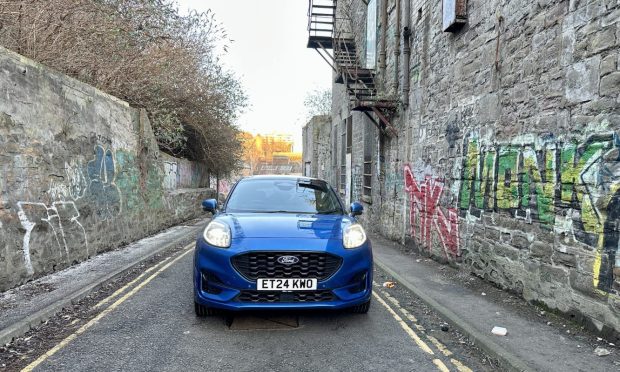
Conversation